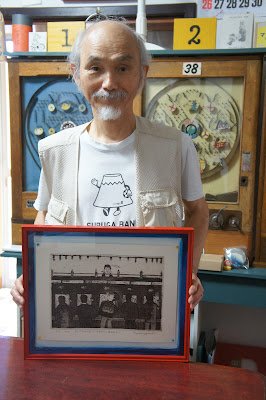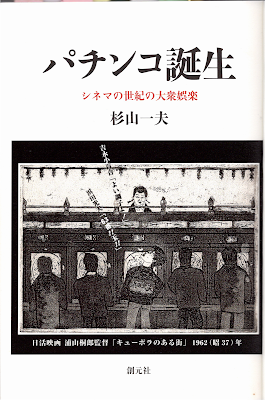It is hard to definitively understand the world of billiard variants. The game(s) travelled the world many times over, some names were only used in certain regions, some regional-sounding names were given with little-to-no connection to those territories, and many times historical sources would naively swap names around.
This is another work-in-progress post where I'm going to try and collect some details, but I propose a singular takeaway: LET'S STOP CALLING THINGS "BAGATELLE". Please? Bagatelle is a toy home pinball game, it's a musical number, it's a literal TRIFLE synonym, it's a billiard board, it's an antique pin board, it's enough things. Let's be more specific.
Quick summary of the styles I'm interested in:
9-hole bagatelle / English Bagatelle: long and thin tables where you shoot from one end to pocket balls in the 9 shallow holes on the playfield. These tables come up for sale somewhat regularly in the UK, and the folding versions come up occasionally in USA. You don't often see it referenced as "9-hole bagatelle" but I am calling it that because it's explicitly descriptive.
My entry on 9-hole English bagatelle
Pin Bagatelle / French bagatelle / Parisian bagatelle / Russian Bagatelle / cockamaroo: a slanted table where balls are shot up a channel and then fall down through pins/pegs. Full-sized tables of this type seem to be very rare / obscure, with smaller toy-sized versions being rather common. Features like shooting method, playfield gimmicks, and score holes vary, and I use "pin bagatelle" as an overarching category covering these variants.
My entry on pin bagatelle / French bagatelle
Klondike Pool / Tivoli Table / American Bagatelle / Manhattan: very similar to other pin bagatelles, except it employs a holes and a trough system to delivery the balls to the front. Pretty obscure, but at least some copies are known to exist. Late 19th century, and primarily American.
My entry on pin bagatelles includes a section on Klondike Pool
Japanese Rolling Ball / Tamakorogashi (玉ころがし) / Billard Japonais / Japanese Billiards: a long table like 9-hole bagatelle, but with holes arranged in rows and given a larger range of point values. Typically the end of the table is rounded, but sometimes it is rectangular. No cue is used, balls are rolled by hand. Many home-made ones exist due to their ease of construction, especially in parts of Europe where it still has popularity as a fair game.
My entry on Japanese Rolling Ball Pigeon Hole / Trou Madam / Parepa: has holes to shoot through at one end. Many 9-hole tables also had an add-on to make it a pigeon-hole table. Dedicated tables of this type are very rare / obscure, especially the angled Parepa tables. Pigeon-hole is more often played on English Bagatelle tables by inserting a wooden bridge.
The dedicated Pigeon Hole tables have a trough under the playfield that returns the balls to the front of the table, same as bar billiards.
My entry on pigeon hole / trou madam / bar billiards |
| 1872 J. M. Brunswick catalog |
 |
| 1872 J. M. Brunswick catalog |
Most billiard tables can be converted to a table like this by adding a wooden arch made to fit across the narrow cross-section of the playfield. The game Trou Madam, dating to the 16th century, can have arches like this, and games like
Mississippi are played in this manner.
Carombolette: a variant of pigeon-hole that adds a pin-bagatelle feature on the other side of the gates. These are very rare / obscure. The stopper pictured below would allow the table to be played purely as a pigeon hole table.
My entry on carombolette
Bar billiards / Jenny Lind / Russian Billiards: Balls are shot from the front and into holes which channel the balls back to the front of the table. Played with "skittles" (wooden pieces) on the playfield to avoid. Common, still made and played today.
My entry on bar billiardssome videos on bar billiards |
Jenny Lind Table - holes in the table direct balls to trough at the front
1872 J. M. Brunswick catalog |
Some other table games:
Toupie Hollandaise: no strong connection to billiards or bagatelle, but I'm including because people often lump these in with antique bagatelles. It has skittles on a flat playfield, to be knocked over by a spinning top. Also exists as a children's versions.
My entry on Toupie Hollandaise
Bowling Naco: balls are rolled down and their angle modified by changing the shooter's angle. Exists as a large parlor game, very popular in children's toys, and also exists as coin-op games. Including here because it was made into a coin-op game in the 1930s around the time when pin bagatelle went coin-op too.




























